T-Mobile, Verizon and AT&T hit new lows — and this time, it’s a good thing
New data reveals a closer race in network quality and coverage than ever before.

As our phones get faster and networks get better, the way we use them keeps shifting. People are messaging, calling and using data differently now – and the major carriers seem to be keeping up.
According to the latest J.D. Power 2025 US Wireless Network Quality Performance Study, the big three – Verizon, AT&T and T-Mobile – are all delivering solid performance across the board.
Network quality in the US has actually hit a new low... in a good way. The average number of problems per 100 phone interactions (PP100) has dropped to just 8 PP100, the lowest it’s been since the study was revamped back in 2018.
And even though we are still glued to our phones, the average time spent on them in a 48-hour period slipped a bit – down by 6 minutes to 7 hours and 9 minutes total.
This latest volume of the study includes feedback from over 31,000 wireless users between December 2024 and May 2025. It covers six regions across the US and even tracks network performance for tablets and mobile broadband – not just smartphones.
So, how did the carriers rank? Well, Verizon came out on top in the Mid-Atlantic (think New York, New Jersey, Pennsylvania) with just 7 PP100, while AT&T and T-Mobile tied for second with 8 PP100. In the North Central region (includes Illinois, Ohio, Michigan, Minnesota), Verizon and UScellular shared the top spot, both at 7 PP100, and T-Mobile followed at 8 PP100.
For the Northeast (covering Massachusetts, Connecticut, New Hampshire, Rhode Island), Verizon pulled ahead with the best score of all: 6 PP100, while T-Mobile landed at second with 8 PP100.
In the Southeast (think Florida, Georgia, North Carolina, Tennessee), Verizon again led with 7 PP100, with AT&T and T-Mobile tying behind it at 8 PP100. Actually, T-Mobile has recently invested billions into the state of Florida, so its network is expected to become even better there.
Out West in the Southwest (Texas, Arizona, New Mexico, Oklahoma), AT&T and Verizon tied with 8 PP100, and T-Mobile sat right behind them with 9 PP100.
And finally, in the West (includes California, Washington, Oregon, Nevada), it was T-Mobile that took the crown with 8 PP100, while AT&T and Verizon tied for second at 9 PP100.
It is good to see network quality improving and it feels like we are finally getting closer to what 5G was supposed to deliver. But if you look closely, no single carrier is winning everywhere, and that actually says a lot. The playing field is leveling out and it might just mean better competition, better service – and hopefully fewer dropped calls no matter who you are with.
According to the latest J.D. Power 2025 US Wireless Network Quality Performance Study, the big three – Verizon, AT&T and T-Mobile – are all delivering solid performance across the board.
Network quality in the US has actually hit a new low... in a good way. The average number of problems per 100 phone interactions (PP100) has dropped to just 8 PP100, the lowest it’s been since the study was revamped back in 2018.
And even though we are still glued to our phones, the average time spent on them in a 48-hour period slipped a bit – down by 6 minutes to 7 hours and 9 minutes total.
Typically, as time spent on mobile devices drops, so do problems experienced. However, the drop in problems this volume goes beyond that. As wireless technology evolves and 5G adoption accelerates—reducing service-related issues—the competitive landscape among providers is becoming more balanced, narrowing the gap in network quality.
– Carl Lepper, senior director of technology, media and telecom at J.D. Power, July 2025
In the Southeast (think Florida, Georgia, North Carolina, Tennessee), Verizon again led with 7 PP100, with AT&T and T-Mobile tying behind it at 8 PP100. Actually, T-Mobile has recently invested billions into the state of Florida, so its network is expected to become even better there.
Out West in the Southwest (Texas, Arizona, New Mexico, Oklahoma), AT&T and Verizon tied with 8 PP100, and T-Mobile sat right behind them with 9 PP100.
It is good to see network quality improving and it feels like we are finally getting closer to what 5G was supposed to deliver. But if you look closely, no single carrier is winning everywhere, and that actually says a lot. The playing field is leveling out and it might just mean better competition, better service – and hopefully fewer dropped calls no matter who you are with.
Follow us on Google News

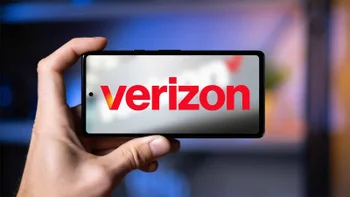
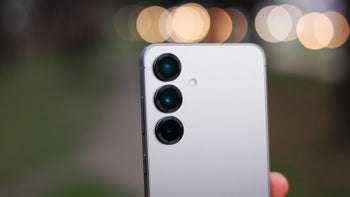
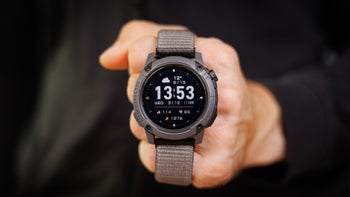
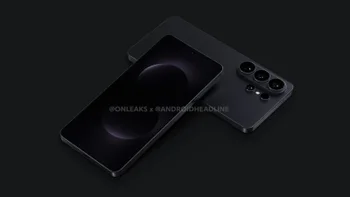
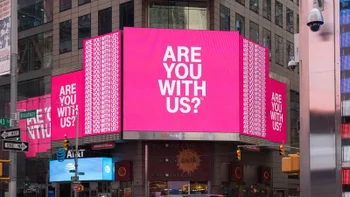
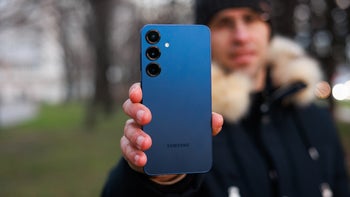
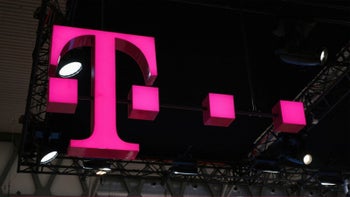

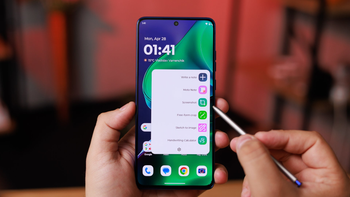
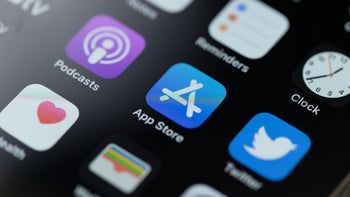

Things that are NOT allowed:
To help keep our community safe and free from spam, we apply temporary limits to newly created accounts: